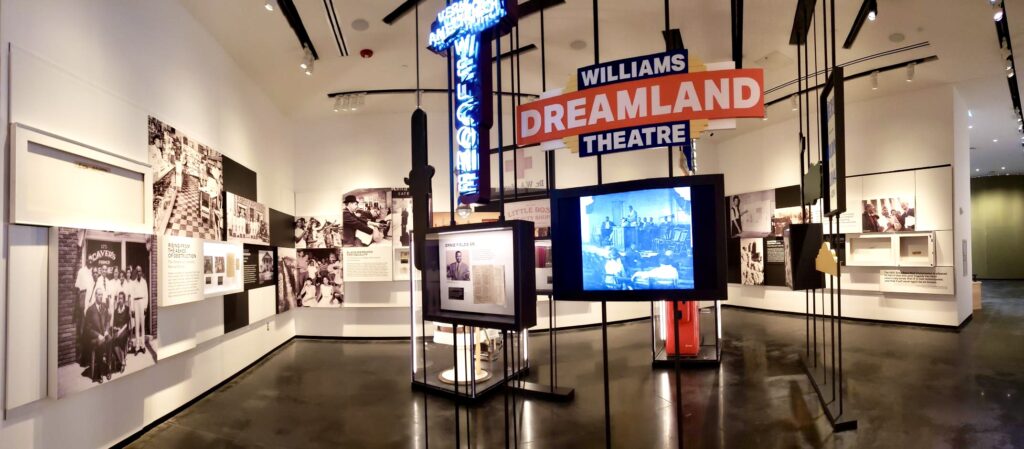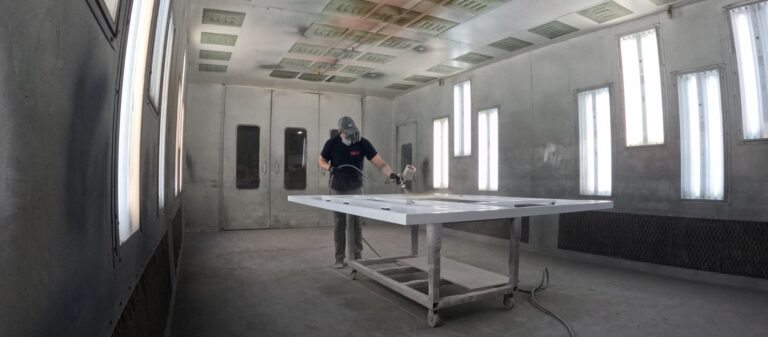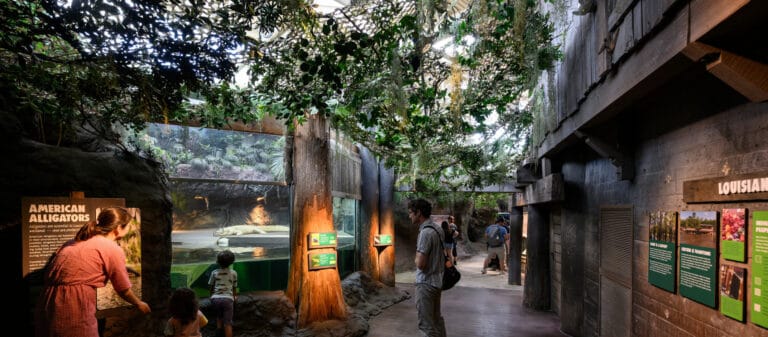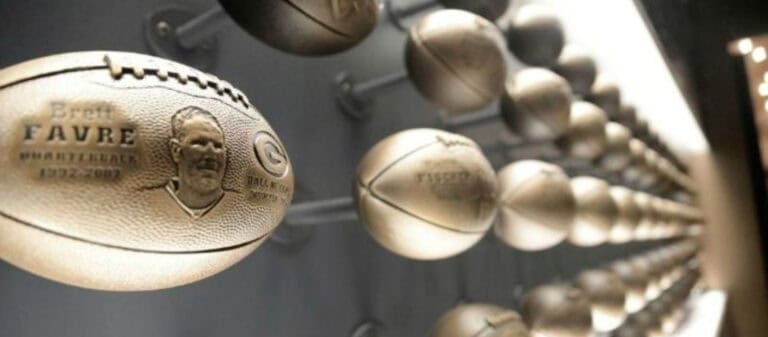Have you ever wondered what is the difference between museum curators and those who actually design and build the exhibits? Today, we’re pulling back the curtain to explore the distinct roles of curators and exhibition designers, two key players in the complex process of bringing exhibitions to life. Understanding these roles is not just a fascinating journey into the heart of our industry, but it’s also crucial to appreciate the depth of expertise, creativity, and craftsmanship that goes into each exhibit.
Role of a Curator
In the realm of museums and exhibitions, a curator is akin to a storyteller. They are the individuals responsible for the acquisition, care, and interpretation of collections. This involves selecting artifacts or artworks, researching their history, and providing the context that allows visitors to understand and appreciate them.
The process of curating is a meticulous and multi-layered one. It begins with the acquisition of items, which may involve negotiations with collectors or artists, or even archaeological digs. The curator then takes on the role of a guardian, ensuring the preservation and care of these items. This can involve a range of activities, from climate-controlled storage to careful restoration work.
But perhaps the most critical role of a curator is in interpretation. They delve into the history of each item, authenticating its origins and providing context. This could involve historical research, scientific analysis, or consultation with experts. The curator then uses this information to weave a story, creating a narrative that connects the items in the collection and engages the audience. This narrative is the heart of the exhibit, providing the framework that guides all other aspects of the exhibition.
Role of an Exhibition Designer
While the curator sets the stage, it’s the exhibition designer who brings the performance to life. Exhibition designers are the creative visionaries responsible for the physical layout and presentation of the exhibit. They take the curator’s narrative and translate it into a three-dimensional space that visitors can explore.
Designing an exhibit is a multi-faceted process. It involves not just the arrangement of items, but also the design of the space itself. This includes considerations of lighting, color, and even sound. The designer must consider how visitors will move through the space, what they will see, and how they will interact with the exhibit. This requires a deep understanding of visitor behavior, as well as a keen eye for design.
The ultimate goal of the exhibition designer is to create an engaging and accessible visitor experience. This means not just making the exhibit visually appealing, but also ensuring it is understandable and meaningful to visitors. The designer must take the curator’s narrative and make it tangible, creating a space that not only tells a story but also invites visitors to become part of that story.
Collaboration between Curators and Exhibition Designers
The creation of an exhibit is a deeply collaborative process. Curators and exhibition designers must work closely together, each bringing their unique skills and perspectives to the table. The curator provides the narrative and context, while the designer creates the physical space that brings this narrative to life.
Communication is key in this collaboration. Both parties must understand each other’s roles and respect each other’s expertise. The curator must trust the designer to translate their vision into a physical space, while the designer must understand the curator’s narrative to create an effective design. This collaboration is a delicate dance, requiring both parties to listen, adapt, and work together to create an exhibit that is greater than the sum of its parts. While curators and exhibition designers play different roles in the creation of an exhibit, they are two sides of the same coin. The curator provides the story, while the designer creates the stage on which this story is told. Both roles are crucial in creating an engaging, informative, and memorable visitor experience.
At 1220 Exhibits, we pride ourselves on our ability to bring talented exhibition designers to create stunning exhibits. Our team of seasoned professionals works tirelessly to ensure that every detail, from the initial concept to the final installation, is executed with precision and passion.
The collaboration between our exhibition designers is a testament to the power of teamwork. Through open communication and mutual respect, they combine their distinct skills to create exhibits that are not only visually stunning but also rich in content and meaning. This collaborative spirit is at the heart of our work at 1220 Exhibits, and it’s what allows us to create exhibits that resonate with our audiences and stand the test of time.
We invite you to explore our website to see examples of our work and learn more about our process. Whether you’re a museum professional, a corporate client, or simply a lover of great exhibits, we look forward to sharing our passion for exhibit creation with you. We believe that every exhibit is a journey, and we’re excited to take that journey with you.









